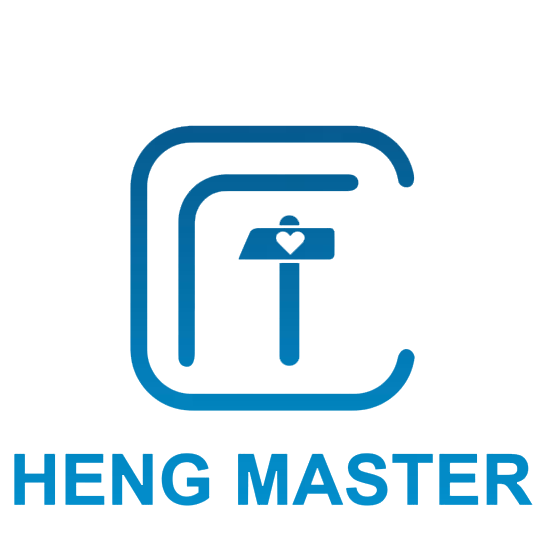Food tray packaging refers to the use of trays as a primary packaging solution for food products, designed to protect, preserve, and display food from production to retail. These trays are typically made from food-grade materials such as plastic (PET, PP), paperboard, foam, or metal, with plastic being the most common due to its versatility, durability, and cost-effectiveness. Food tray packaging is used for a wide range of products, including meats, poultry, seafood, fruits, vegetables, baked goods, prepared meals, and snacks, with designs tailored to each food’s specific needs. For example, meat trays are often made from PET for transparency and moisture resistance, while fruit trays may include ventilation holes to promote air circulation and extend freshness. The trays can be used alone for bulk display or combined with other packaging elements like plastic films, heat-sealed lids, or shrink wraps to create a sealed environment that further preserves freshness by reducing exposure to air and contaminants. They are also compatible with advanced packaging technologies such as Modified Atmosphere Packaging (MAP), where a controlled gas mixture is used to slow spoilage, and vacuum packaging, which removes air to prevent oxidation. Food tray packaging comes in various sizes and shapes, from small individual-serving trays to large bulk trays, and is designed to be stackable for efficient storage and transportation. Transparent trays enhance product visibility, allowing consumers to assess quality and freshness, while opaque trays may be used for light-sensitive foods. Manufactured from BPA-free, food-safe materials, they comply with strict regulatory standards. Food tray packaging balances functionality, protection, and aesthetics, playing a critical role in reducing food waste, ensuring food safety, and making products appealing to consumers.


Copyright © 2025 by Zhejiang Hengjiang Plastic Co., Ltd. - Privacy policy